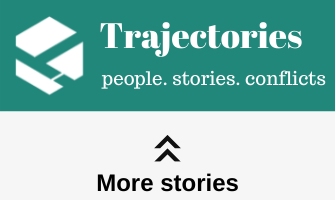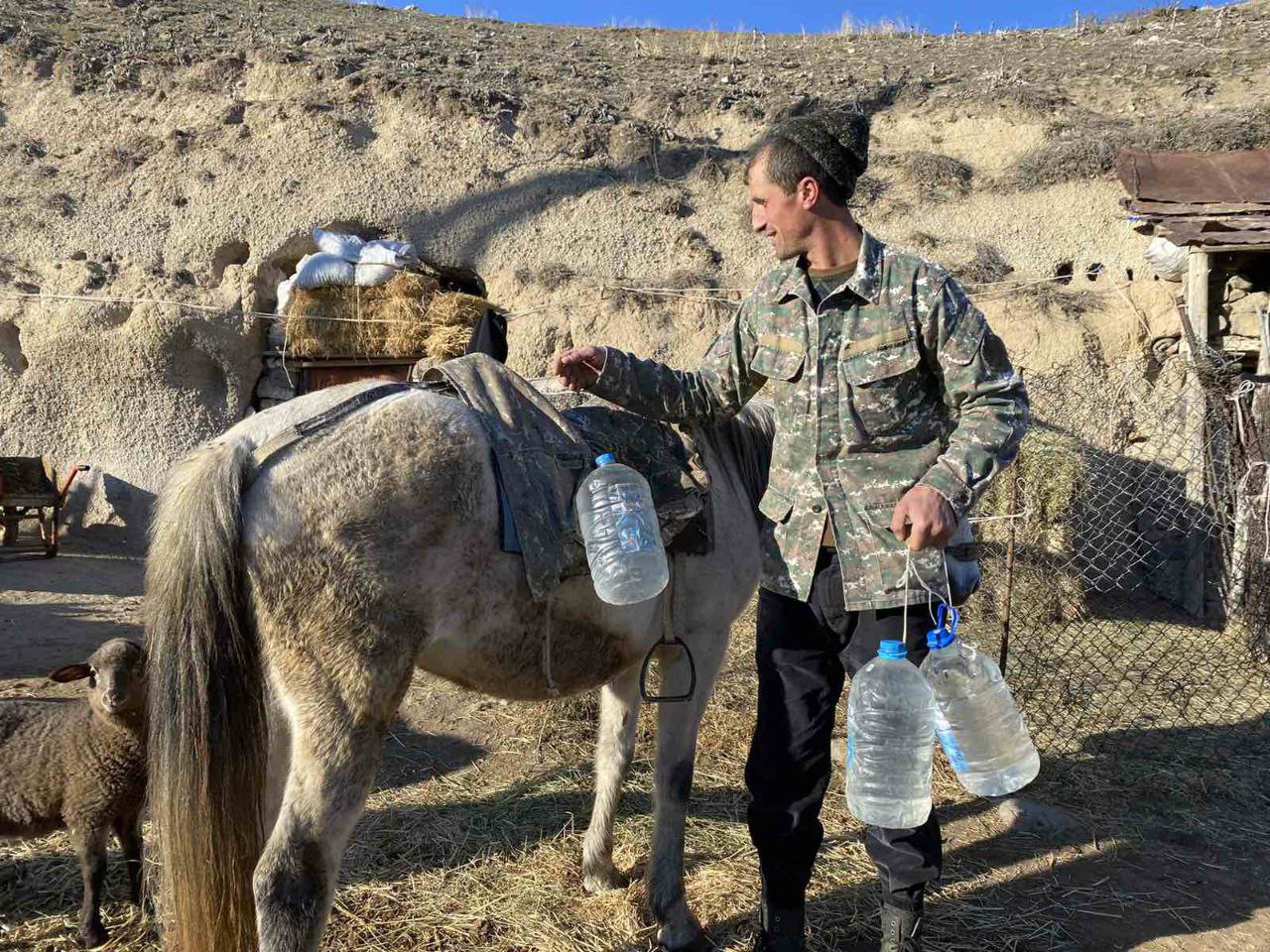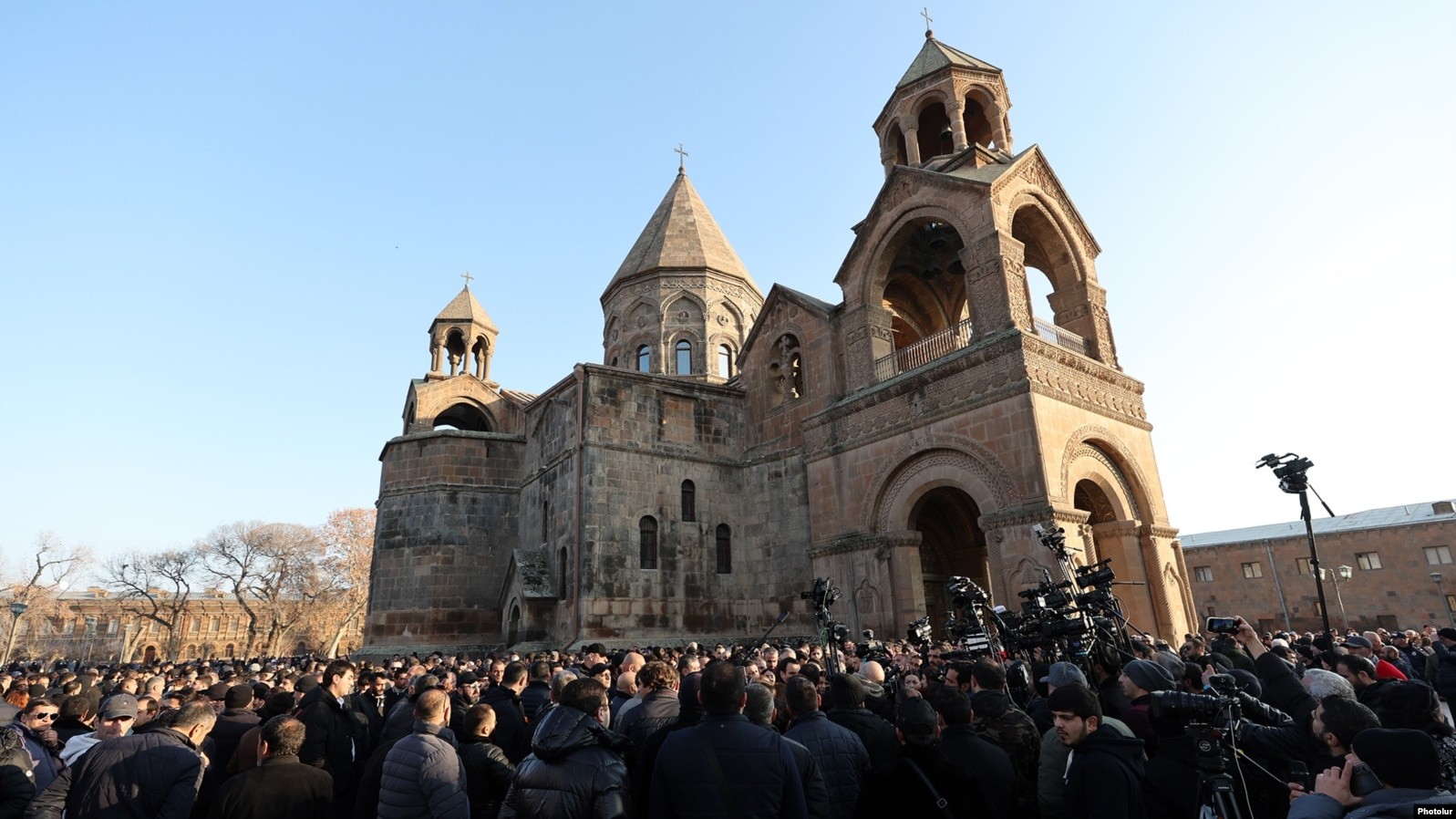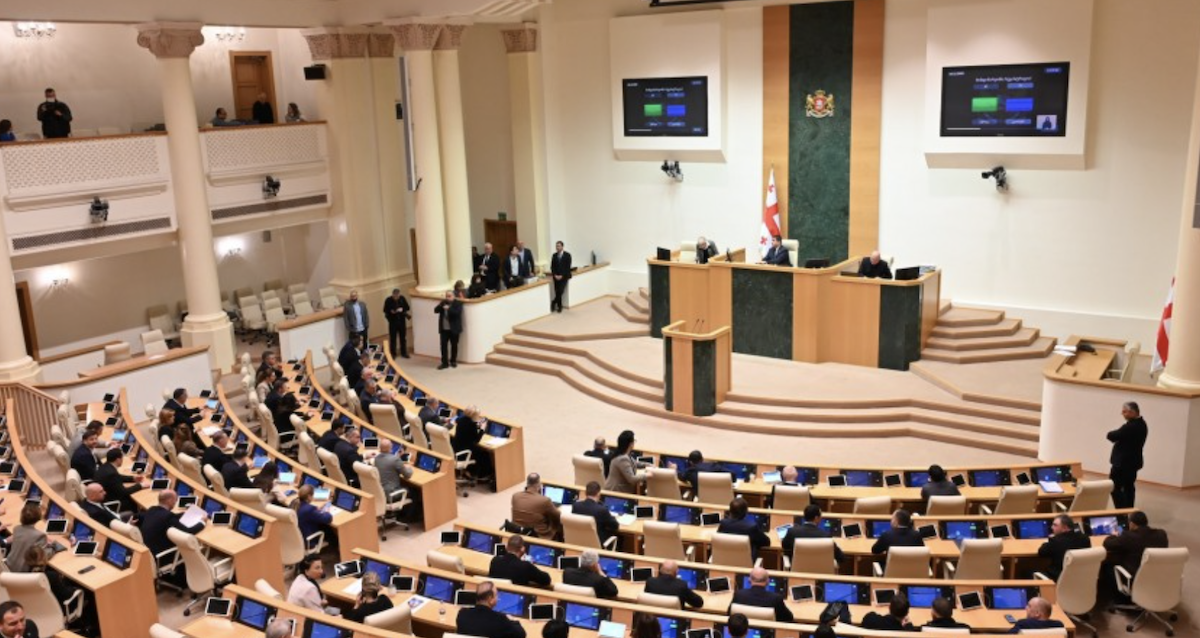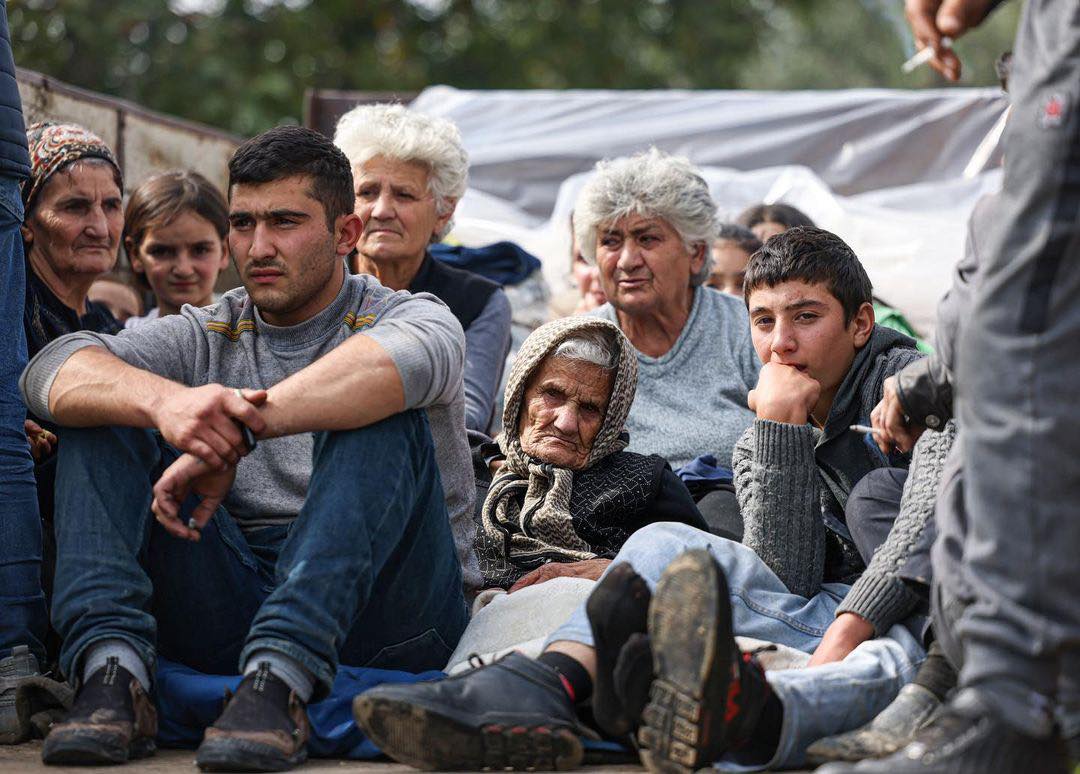"I am still uncomfortable around people" - stories of second Karabakh war survivors
Second Karabakh war survivors
“I got wounded on October 25th. First, I was taken by ambulance to the Stepanakert hospital, and from there to Yerevan, to the Erebuni medical center. I couldn’t feel half of my body and I already knew what had happened“.
Gevorg Karapetyan graduated from the Vazgen Sargsyan Military University, after which he joined the military. Gevorg was wounded as a result of an air bomb explosion and received a shrapnel wound to the spine during the 44-day war in Autumn, 2020.
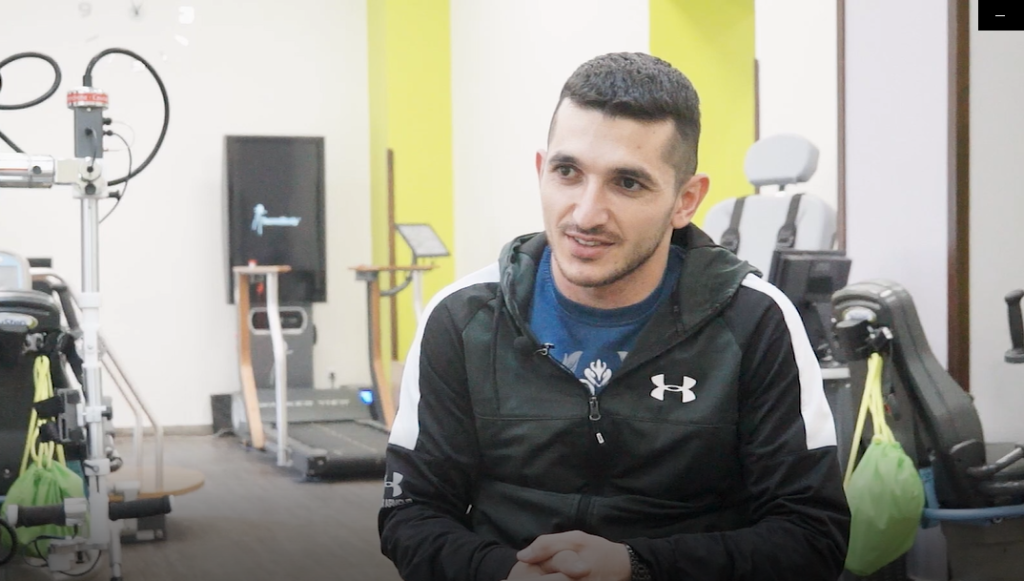
“Before the war, I did not think that, for example, a car should not be parked in front of a ramp designed for the disabled, because I did not understand the problems of people with disabilities”.
According to the official data of the parties, during the 2020 Karabakh war, 2,904 people from the Azerbaijani side and 3,788 people from the Armenian side were killed. 2,772 people from the Azerbaijani side and 1,494 people from the Armenian side received the status of persons with disabilities. 137 people had their upper or lower limbs completely or partially amputated.
“And now, if I want to go out alone, I still won’t be able to move around the city without someone’s help. There are several places in the city where I can go, but they are very few.
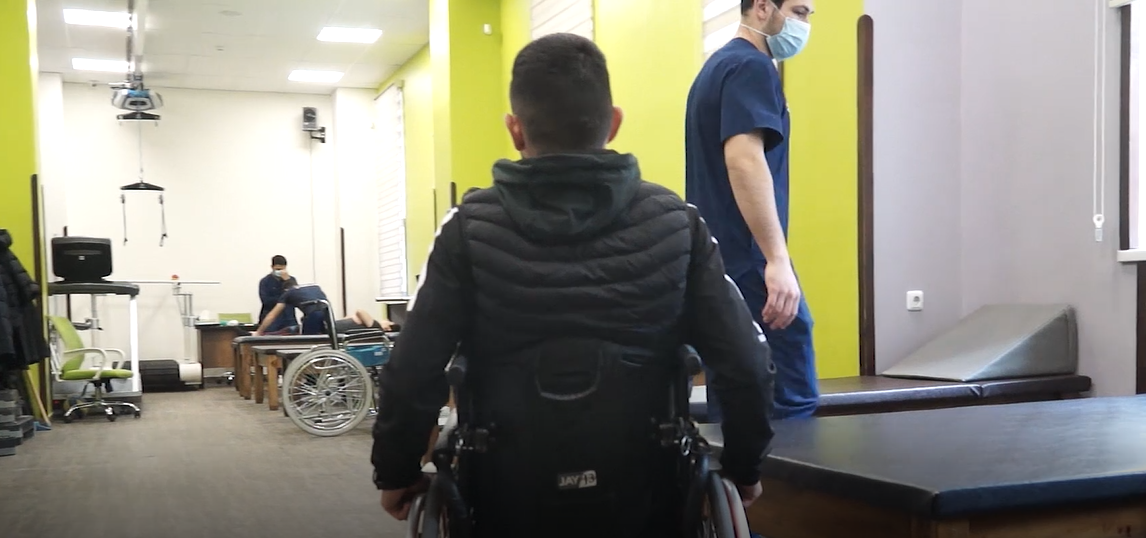
I decided to buy a car, convert it and drive it myself, because I met taxi drivers who could not fit my stroller in the trunk, because there was a gas cylinder (many taxis in Yerevan use liquefied gas as fuel).
It was also problematic to put the stroller inside the car, because it is often dirty. Eight out of ten drivers say, “I’m sorry brother, but I can’t put a wheelchair in my car”.
You know, this is not something you can adapt to, I could never come to terms with this.
Ramps, elevators and other “luxury items” are concentrated mainly in the capital, says Armen Alaverdyan, director of the Unison NGO.
“Of course, the biggest problem for a person in a wheelchair is accessibility. But a person must have some purpose for going out, for example, to go somewhere, to meet someone, to go to a store – but all these places still need to be reached. Even public places in the city are inaccessible for people with disabilities”, says Armen Alaverdyan.
Second Karabakh war survivors
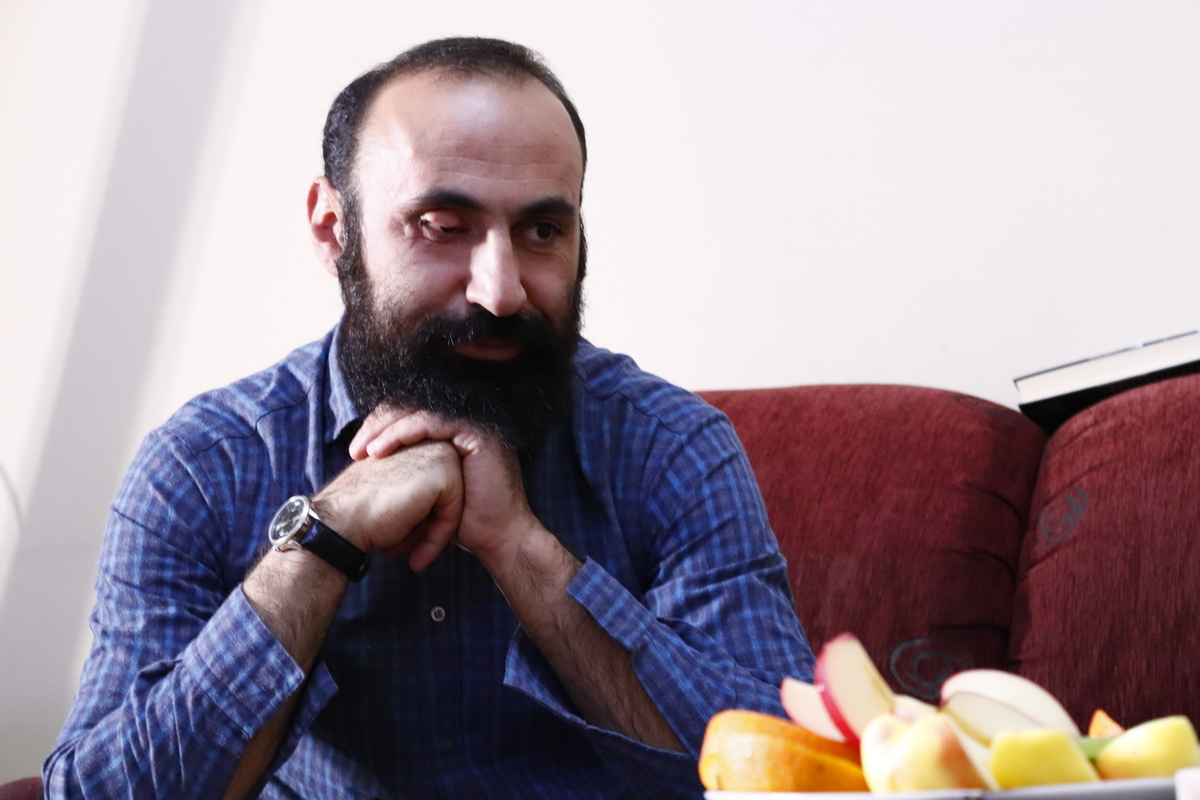
Khachik Vardanyan, deacon of the Church of the Holy Mother of God in the village of Amberd, left for Artsakh (Karabakh) as a volunteer to help the local diocese. It was in 2020, on the second day of the war.
“I started going to church when I was 12 and at first my family was against it. I have always said that I do not just go to church – something draws me there.
Moreover, this attraction was so strong that I ended up going against my family, my environment, although a 12-year-old child cannot have serious ideas and follow them.
There was a lot of psychological pressure on me. People can’t stand anyone being very different from them“.
“During the war, the main duty of the regimental priests was to work with the “mob” (as we call non-professional military mobilized during the war), providing psychological support, but they did more.
Representatives of the clergy led people out of the hottest spots of the war, carried out the wounded”.
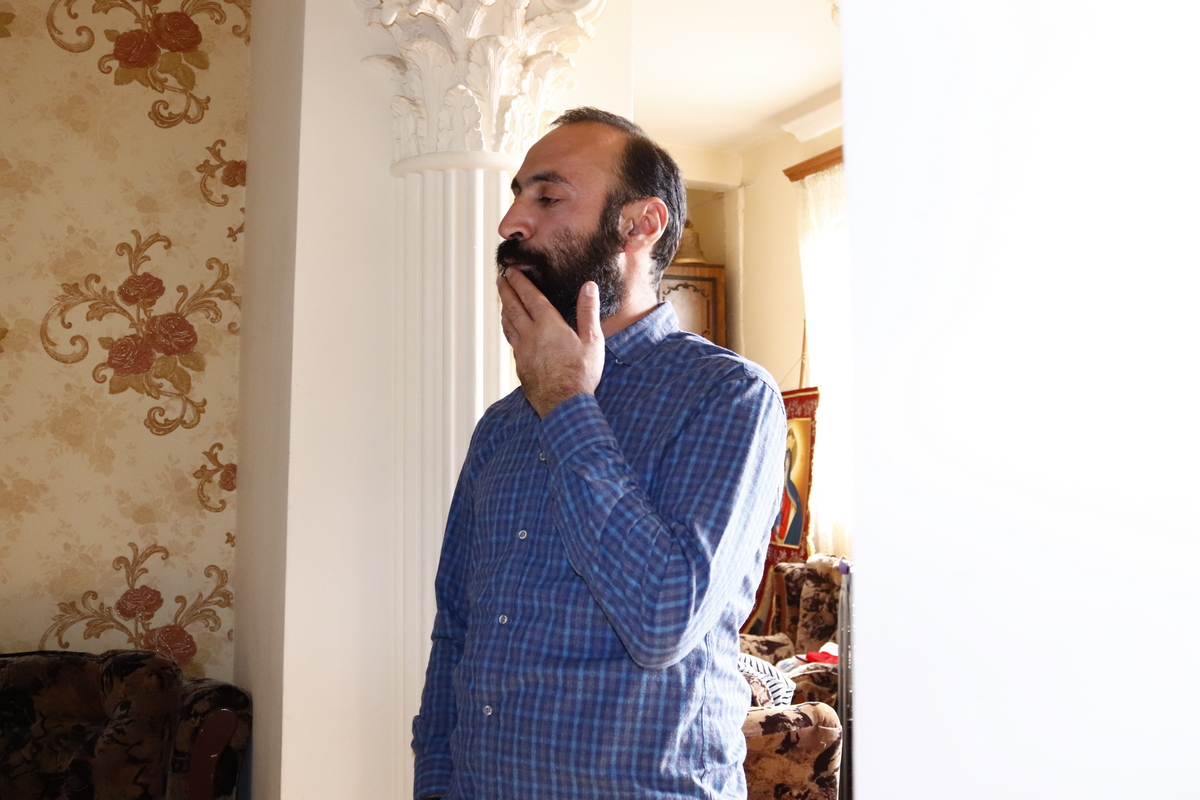
“My eye was damaged by a grenade launcher. There were two grenade strikes, I’m so stoned (laughs). My eye was damaged by the first grenade hit, and when I was already lying and waiting for medical help, a second grenade exploded next to me.
“I used to say that if a person sins a little, then he should not see anything. Now I understand how terrible it is to be blind and not see the world. You become a complete invalid”.
“When you’re not facing these issues, they seem so far away. For example, now when I look at prostheses, I think that the only organ that cannot be replaced is the eye.
Hand and foot prostheses, of course, are not complete, but they still perform some functions, and the eye prosthesis is the only one that is not used functionally, but simply provides an aesthetic appearance».
On the Armenian side, as a result of the Karabakh war in 2020, 106 people completely or partially lost their sight.
“Sometimes my friend sits next to me and closes one eye to try to understand me. And I tell him: “You still won’t understand, because your brain perceives the world differently, because you have two eyes”. Closing your eyes for a few minutes is one thing, but living like this for years is quite another”.
“I stopped feeling the distance. Sometimes I even bump into other people. When you wear [dark] glasses, people don’t see that you have a problem, they look at you differently. It seems to me that those soldiers who acquired vision problems during the war also developed hearing problems, especially if a shell exploded nearby. And this creates additional problems”.
“I often joke about my eyes, but in fact, when there are a lot of people around, I feel uncomfortable, because I know that sometimes someone will pass something to someone, and I won’t notice it.
Someone will be talking about something, but I can’t hear, so I won’t participate in the conversation, I perceive only part of it, I can understand only half of what is happening around me”.
“What saddens me the most is that I can’t go camping like I used to. I don’t know where it’s high and where it’s low. And in the snow I don’t distinguish anything at all, because when there are stones and bushes, you can still somehow understand what is where.
And in the snow everything becomes the same, and I don’t understand what is high and what is low, what is oblique and what is straighto”.
«I have always believed that there are no accidents in life, that everything is determined. Maybe it was a test, maybe an evaluation, maybe an answer. They say to me: “You did so much good that God spared you”. I believe that from a religious point of view, those who are dead are saved. And the living still need to be cleansed”.
After the war, 113 people from the Armenian side were recognized as persons with disabilities of the first group and 397 people of the second group. The Recertification Department of the Ministry of Labor and Social Affairs considered 346 appeals for recognition or non-recognition of this status. Only 18 decisions were changed.
“I was assigned a third disability group, but everyone who found out about it unanimously says that I should have been given at least a second one. After leaving the hospital, I applied for a review of this decision, but later, after I had read the conditions.
I am told that if [as a result of an injury or an accident] the arm remains in place, but does not work, then they will still not give the second group.
The law says that if, for example, you have one limb amputated below the elbow and you have blindness, then this is the third category, if an arm is amputated from the shoulder and you have blindness, then this is already the second. If you have a leg cut off below the knee and blindness, then this is the third category.
And it is not clear what the amputation of the leg above the knee or below the knee has to do with it – it is still gone. This is getting to the point of insanity”.
Assessment of needs is one of the difficult problems, in particular, because the relevant laws were adopted only recently, said Sipan Asatryan, a member of the Full Life NGO.
“Last year, the law was amended to require needs assessment to be based on an assessment of human functionality. Now they only give disability of the first and second degree, but this does not say anything about what needs a person has.
In the future, functionality will be assessed, based not only on the medical point of view”, Asatryan says.
Speaking about the problems of people who have lost their sight in adulthood, Sipan Asatryan notes that the first difficulty that comes to mind is the provision of social and psychological support.
“When a child is born with vision problems or acquires problems at an early age, they adapt more easily. But when a person is at a conscious age, then adapting to a new situation will naturally be problematic.
In this case, it is important to help a person adapt, to understand that, even without seeing, they can acquire new skills, adapt to a new life”, says Sipan Asatryan.
Trajectories is a media project that tells stories of people whose lives have been impacted by conflicts in the South Caucasus. We work with authors and editors from across the South Caucasus and do not support any one side in any conflict. The publications on this page are solely the responsibility of the authors. In the majority of cases, toponyms are those used in the author’s society. The project is implemented by GoGroup Media and International Alert and is funded by the European Union



